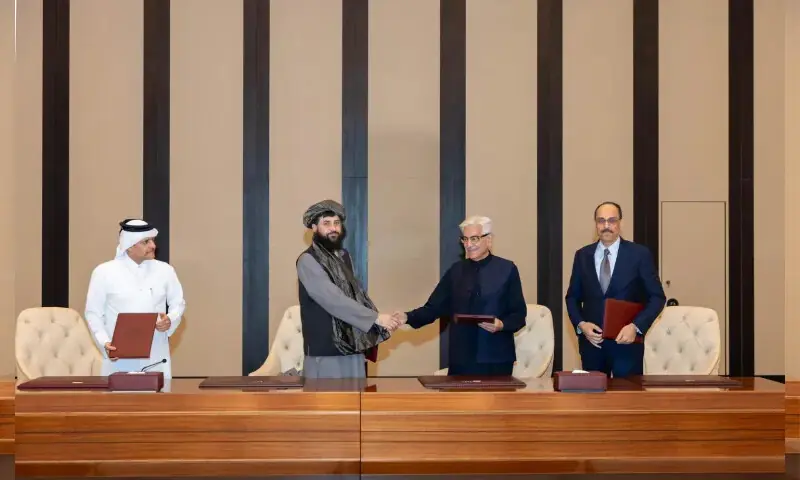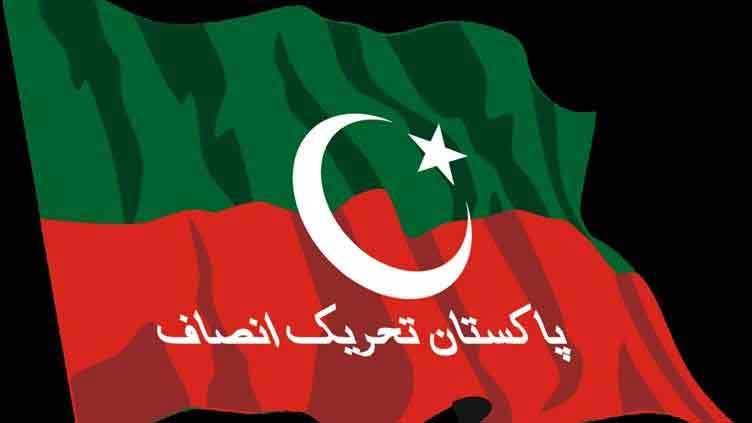Zafar Iqbal
Prime Minister Shahbaz Sharif’s ambitious directive to his economic team to double Pakistan’s exports to $60 billion within the next five years presents a monumental challenge. With last year’s exports hovering around $30 billion, meeting this target will require far more than simple policy adjustments. The task is made even more daunting by Pakistan’s current trade imbalance, which is being artificially stabilized through import restrictions that have helped maintain foreign reserves but hindered economic growth.
To succeed in any export-driven strategy, the government must address fundamental structural issues first. The most immediate concern is reducing energy prices. Pakistan’s exporters, especially in the textile industry, face significant hurdles in competing on the global stage due to sky-high utility costs. Export industries cannot thrive when electricity and gas tariffs are among the highest in the region. Without lowering these costs, Pakistan’s exports will struggle to gain a competitive edge internationally.
Another crucial area in need of attention is the country’s transport infrastructure. Karachi’s industrial hubs, such as Korangi and SITE, continue to suffer from deteriorating road conditions, and the port system at the Karachi Port Trust (KPT) remains outdated. These infrastructural issues result in time and money lost, making Pakistan’s goods less competitive in global markets. Furthermore, the country’s communication infrastructure is also lagging behind, with unreliable internet and poor digital connectivity hindering businesses from engaging with international buyers and expanding into e-commerce.
Pl subscribe to the YouTube channel of republicpolicy.com for quality content.
In today’s globalized economy, digital transformation is key for businesses to remain competitive. While countries like Bangladesh and Vietnam have made significant strides in improving their digital infrastructure, Pakistan’s exporters remain handicapped by a lack of access to reliable and affordable technology. This digital gap further deepens the divide between Pakistan and its regional competitors.
However, addressing these issues requires substantial capital—something the Pakistani government currently lacks. With a widening fiscal deficit and mounting external debt obligations, the question remains: where will the funds come from? The IMF’s stringent conditions provide little room for maneuver, and domestic revenue generation is weak. The government must find ways to secure capital through either foreign investment or domestic reforms, but this seems like an uphill battle given the current economic climate.
For the target of $60 billion in exports to be anything more than a pipe dream, Pakistan will need a comprehensive economic overhaul. This includes not just improving infrastructure and energy costs, but also fostering a more investment-friendly environment. Without addressing long-standing structural issues, the export growth strategy will remain more of a magical thinking exercise—one that, in reality, is bound to fail.















